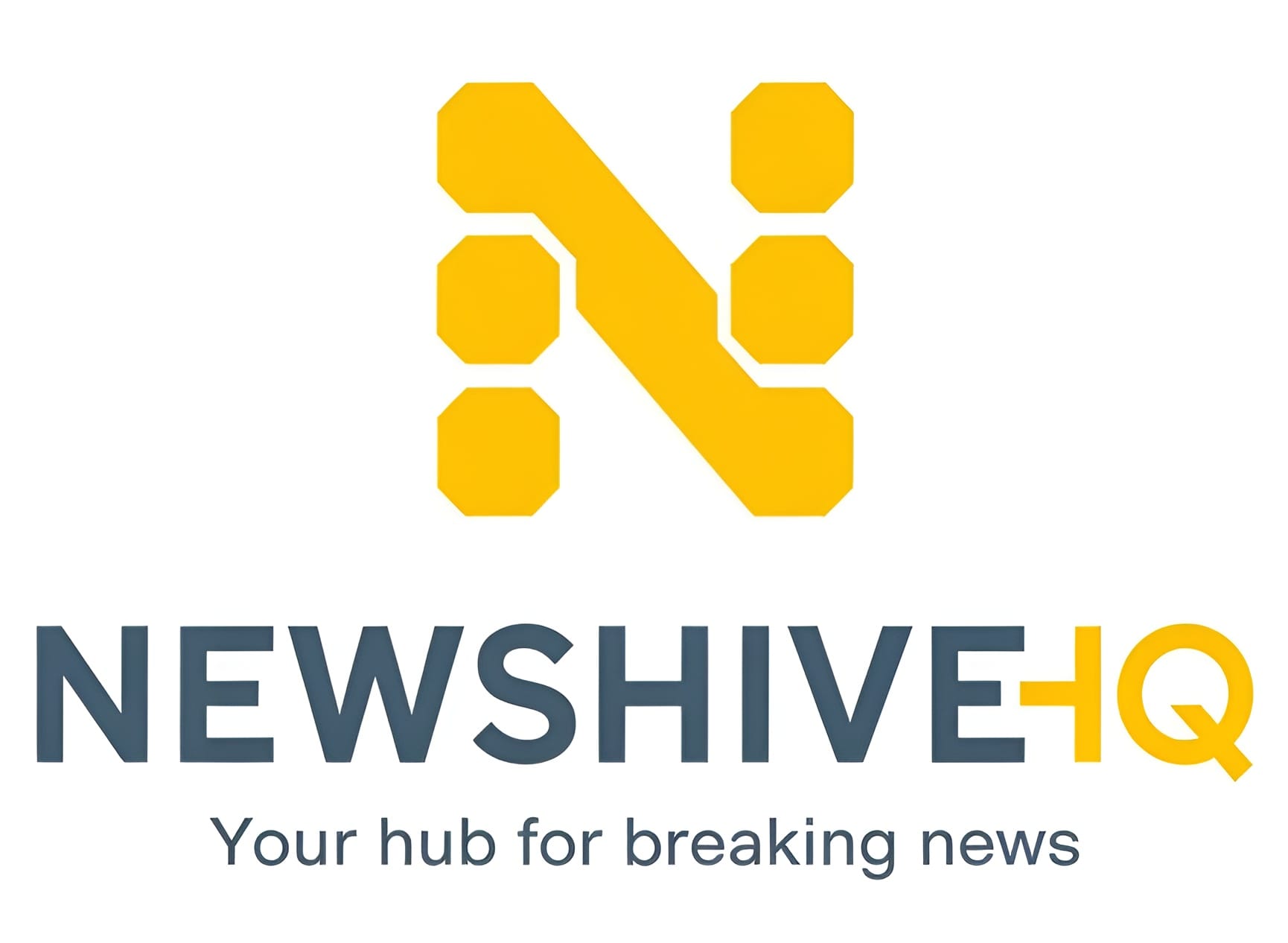
Good morning. This could be a defining year for how CFOs respond to cost fluctuations, shifts in the global economy and their knock-on effects on supply chains – factors that can translate into lost profits.
As the final quarter of 2025 approaches, companies are facing expenses that exceed what many companies had budgeted for at the beginning of the year.
wealthNino Paolireported A compelling new study from S&P Global found that business spending is expected to increase by at least $1.2 trillion in 2025 compared with expectations set in January.
So how did analysts arrive at this number? S&P Global estimates that global corporate profit margins have contracted by about 64 basis points, with profit losses at companies covered by sell-side analysts reaching $907 billion.
Companies are sacrificing profit margins to absorb rising costs, but are also passing on some of the burden to customers, the report said. About $592 billion of lost profits are being passed on to consumers through higher prices, while about $315 billion of lost profits are being absorbed internally due to lower revenue.
S&P Global’s analysis takes into account additional cost pressures: about $155 billion in spending is expected from “uncovered public companies” and another $123 billion from private equity and venture capital-backed companies. Adding these two figures to the initial $907 billion, the total cost in 2025 is expected to be about $1.2 trillion.
The study drew on forecasts from more than 15,000 analysts for 9,000 listed companies, which represent about $111 trillion of the $130 trillion global stock market, accounting for nearly 85% of its total value.
What this means for CFOs
What does such a significant increase in costs mean for treasurers planning for 2026? To find out, I asked Daniel Sandberg, one of the paper’s authors and global head of quantitative research and solutions at S&P Global Market Intelligence.
He said the $907 billion profit shrinkage reflected broad cost repricing worldwide.
“Tariffs were an obvious surprise that forecasts at the beginning of the year did not account for, but that’s not the whole story,” Sandberg explained. “Rising wages, logistics bottlenecks, and increased spending on artificial intelligence and automation are all adding to margin pressures.”
For CFOs, Sandberg said: “This underscores the importance of not viewing 2025 as an outlier, but rather as a baseline for continued cost volatility,” he said. “The mix of pressures varies by geography and industry, so the challenge is not to predict shocks but to build flexibility into budgets and supply chains to absorb them.”
When asked what surprised him most about the study, Sandberg pointed to the scale of the shift.
“The $900 billion fee shock (visible in models built by 15,000 sell-side analysts) shows how sharply market expectations can shift when policy, inflation and investment priorities change simultaneously.”
He added, “It’s not one thing; it’s a confluence of tariffs, labor costs and technology reinvestment, all happening at the same time.”
Cheryl Estrada
sheryl.estrada@fortune.com
Ranking list
I’m Eklo Promoted to CFO bestEklo is a division of UnitedHeathcare Group, effective November 1, Reuters reported. Eklo succeeds Roger Connor, who was appointed Optum’s chief financial officer in May. Eklo is the company’s longtime financial executive. The Optum segment includes the company’s pharmacy benefits business, a range of home care plans and medical clinics, and its technology and data divisions.
event
KPMG Private Equity Pulse Q3 2025 The report provides data, trends and outlook for private equity transactions in key regions around the world.
In the United States, private equity investment reached $300.1 billion in the third quarter, a 14-quarter high, pushing total investment year-to-date to $827.8 billion, the report said, with deal value expected to reach a four-year high in 2025.
The surge has been led by several large deals, including the $55 billion take-private of Electronic Arts, led by Silver Lake, Affinity Partners and Saudi Arabia’s Public Investment Fund, and the $28.2 billion acquisition of Air Lease. Investors primarily focus on quality assets with high conviction.
Another key finding, KPMG said: The exit environment has strengthened significantly, with the value of private equity exits exceeding the annual total of the past three years, driven primarily by the reopening of the IPO market and improved valuations.
go deeper
In an episode of Wharton’s “This Week in Business” PodcastWharton operations, information, and decision making professor Gad Allon explores the current state of global supply chains and explains how emerging technologies like artificial intelligence and digital twins are reshaping how companies prepare for and manage risk in an increasingly volatile world.
overheard
“Like budding triathletes, many business leaders view AI as a sprint—chasing speed, hype, and short-term wins while expecting long-term, sustainable results. In racing and business, success depends on pacing yourself, building endurance, and focusing on the long game.”
——Dennis Woodside, President and CEO of Freshworks and former Google and Dropbox executive, wrote in an article wealth Opinion draft The title is “I am a CEO who has competed in 18 Ironman races and the AI ROI race is no exception.”

